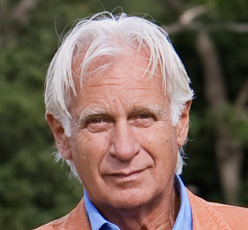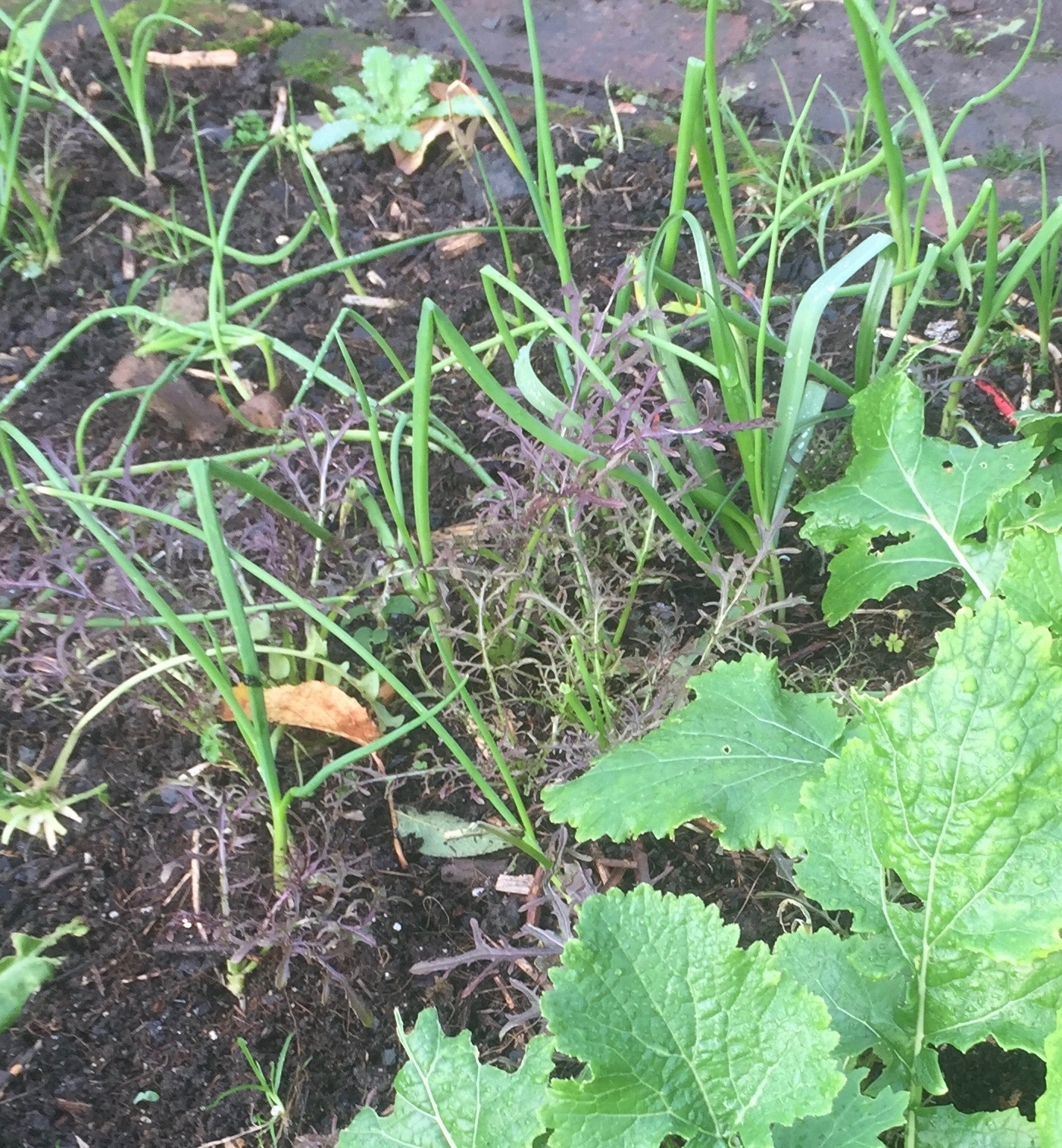Dear President Trump
Now that you have been elected on a platform of freeing the world from the grip of monopolies, lobbyists, bankers and their ilk I submit herewith my 7 proposals on how you can come good on your promises to make America great again
1. Make America Healthy Again. This will save you a fortune on whatever modified form of Obamacare you come up with. It will upset Big Pharma and the American Medical Association, but so what? Stop autism by honouring your promise to give people freedom to choose vaccination or not, or do it slowly, like you did with Baron. Scrap restrictions on alternative therapies and nutrient supplementation and let people engage fully with preventive medicine. “Prevention is better than cure”.
2. Legalise all Drugs and Medicines – now more than half of US states allow marijuana use, why not go all the way? Bayer marketed heroin in the 1900s as the non-addictive alternative to opium. Now the epidemic of legally prescribed opioid addiction is killing far more Americans than heroin. 2 million Americans are addicted to opioids prescribed through Obamacare and it costs them twice as much money as less addictive heroin. Let the free market prevail over which painkillers people use.
3. Make America’s Soils Great Again. Stop the ethanol racket. It was encouraging to see biofuel shares dropping and staying down after your election. Why on earth is half of America’s corn crop subsidised and forcibly converted to ethanol to be burned? Our pioneer ancestors plowed the rich fertile soils of the Midwest and trashed them. You are a builder. Help America rebuild its soils by stopping the huge waste of resources involved in growing corn and then burning it. If you took away the subsidies then farmers would diversity and grow real food for real people. They could grow trees for the new technologies of wood-based architecture.
4. Get Independent Advice on Climate. The French proposal of ‘4 per 1000’ says that if you rebuild soil organic matter by 0.04% each year that is enough to completely offset the annual increase in greenhouse gas. Organic farmers increase soil organic matter by 7 per 1000. Let the carbon markets pay farmers to rebuild soil for future generations and use farm subsidy money to rebuild America’s crumbling infrastructure. You can keep on burning oil and gas and still see greenhouse gas levels drop.
5. Crush ISIS. This monster was created by an unholy alliance of the CIA, Saudi Arabia, Qatar and Turkey to fulfil Hillary’s stated goal of supporting Israel by weakening Iranian influence in Syria. It has backfired. The easiest way to stop ISIS is to stop financing them. In the debates you were clear that your priority is to stop ISIS, while Hillary prevaricated. Make sure that no more American money or NATO money goes to fund terrorist organisations. Let people of the Middle East get back to normal life. The refugees from this meaningless conflict would rather go home.
6. Make Nice with Russia. Gorbachev opened the doors to a new era of peaceful relations with the United States but now they’re the enemy again. President Putin has banned GMOs and announced that he plans to make Russia the world’s most organic nation. He’s no dummy. Ask him why he’s doing this. We don’t need to create more enemies, best to make friends, as you said in your victory speech.
7. Make War on Poverty and Decay. You promised to rebuild America’s infrastructure, its highways, bridges, tunnels, airports and schools. You have 2 million men and women in the armed forces who aren’t particularly busy making America great. Put them to work rebuilding infrastructure. That’s what China’s 2.3 million army do. President Roosevelt created the 3 million-man Civilian Conservation Corps that built America’s dams and highways in the 1930s and planted 10 billion trees that helped restore the Dust Bowl land. Get the missile and bomb factories to reconfigure to make something that people want instead of picking fights with faraway countries in order to use up their output. Make forests not deserts.
You are the only politician who can give the finger to the lobbyists from the military, pharmaceutical, oil and financial industries who called you a jerk and your supporters ‘morons’ and ‘deplorables.’ They all supported your opponent. You owe them nothing. You owe it to the American people to cast off the baleful influence of these parasites and let people freely choose if they want peace, good health, clean air and economic stability.





























